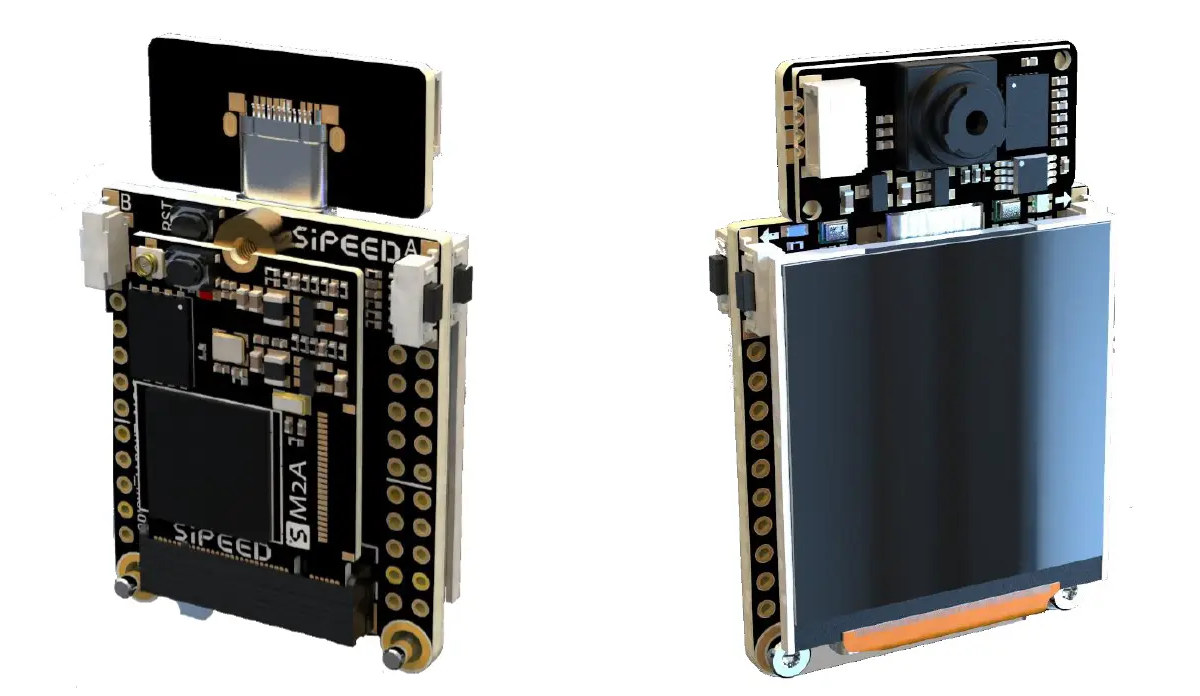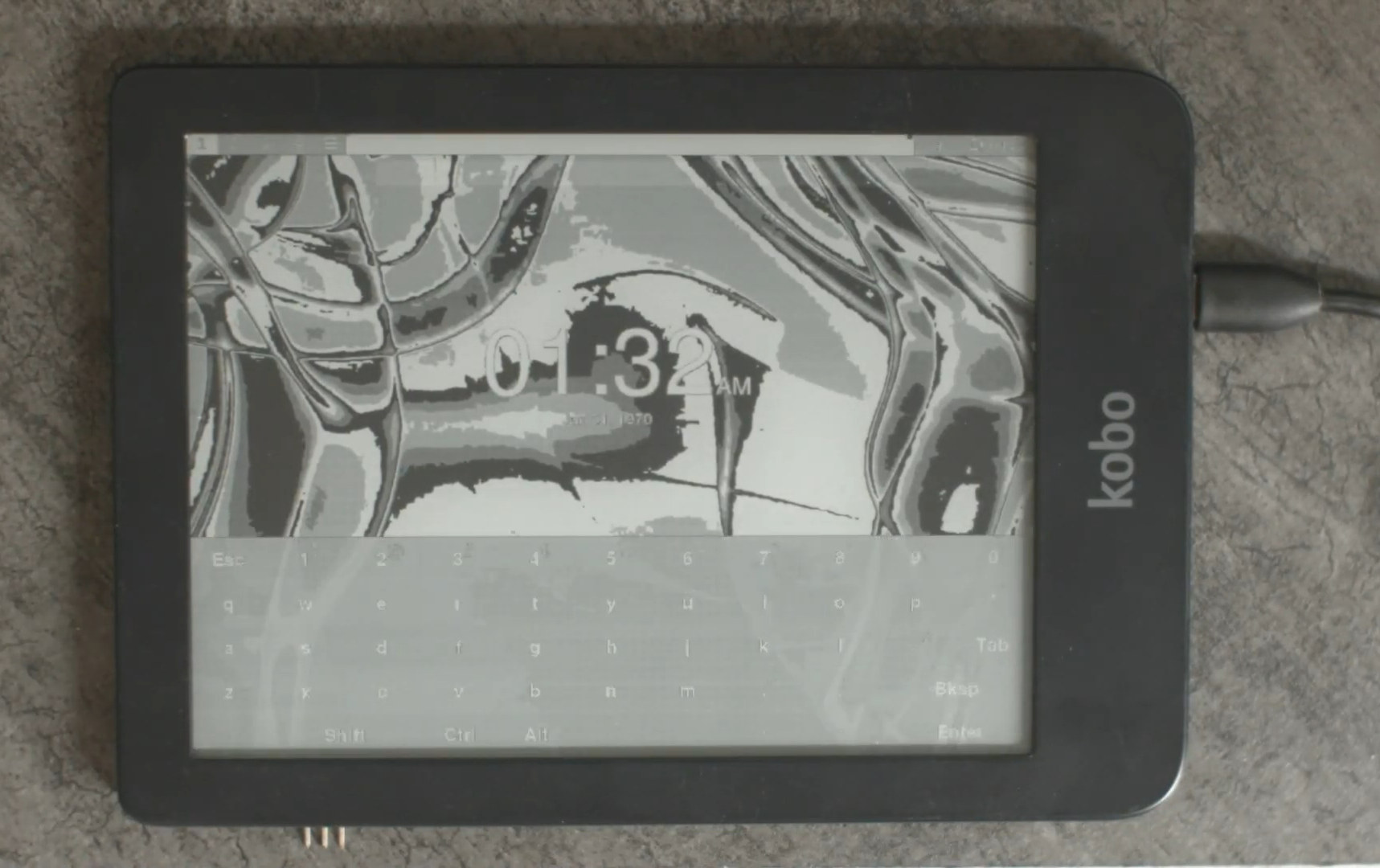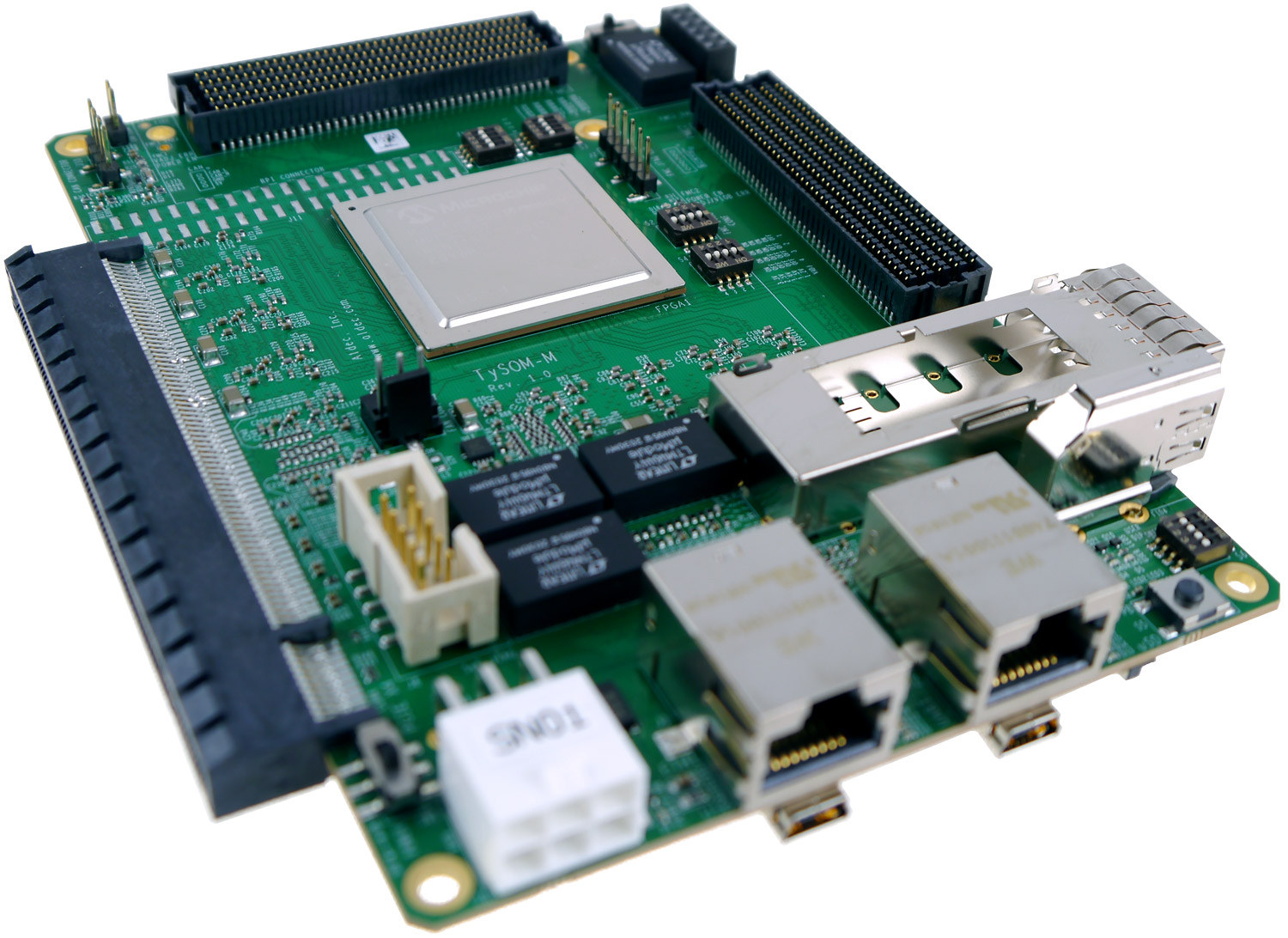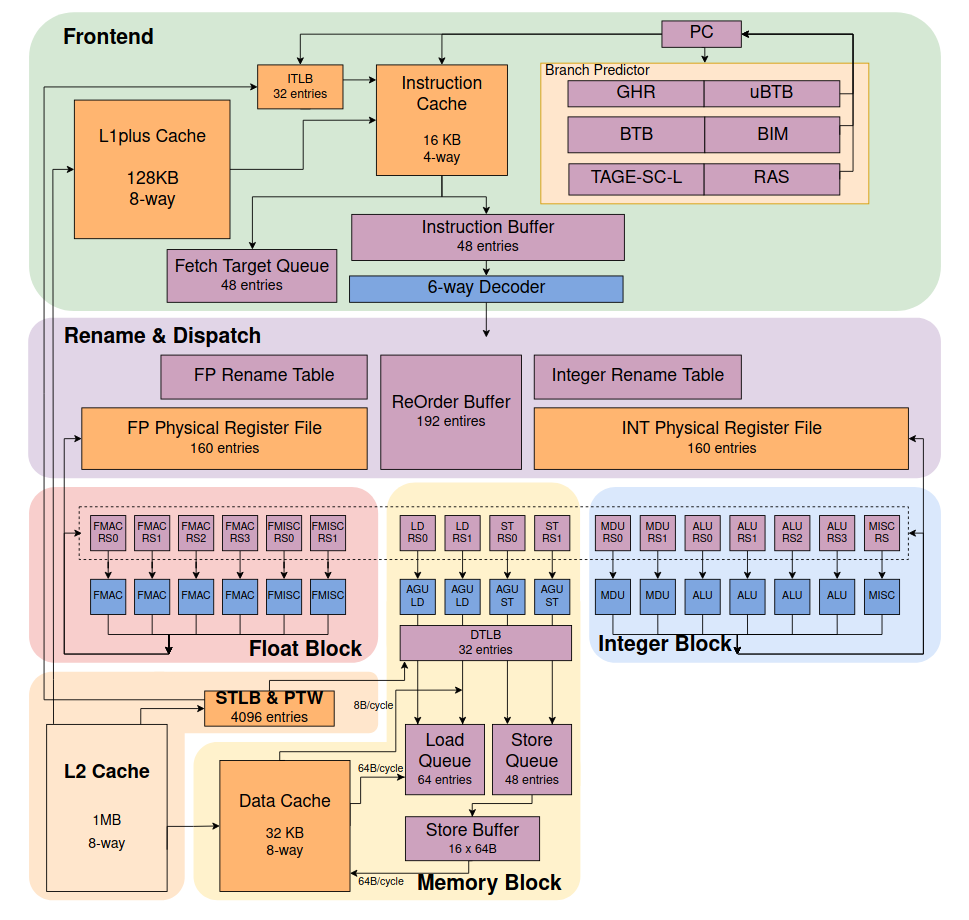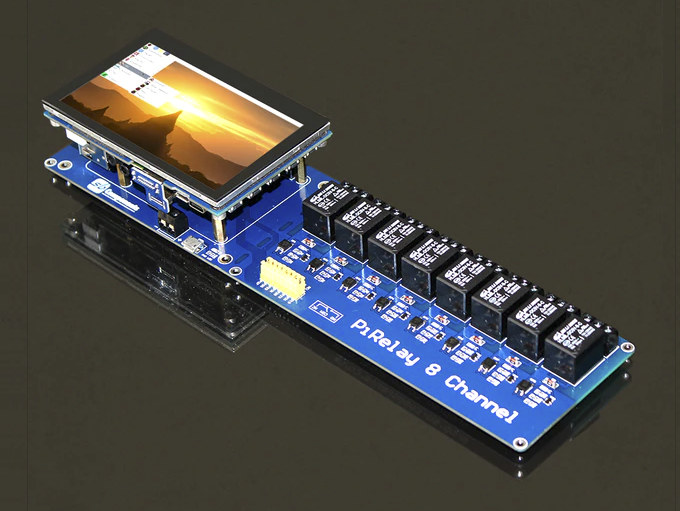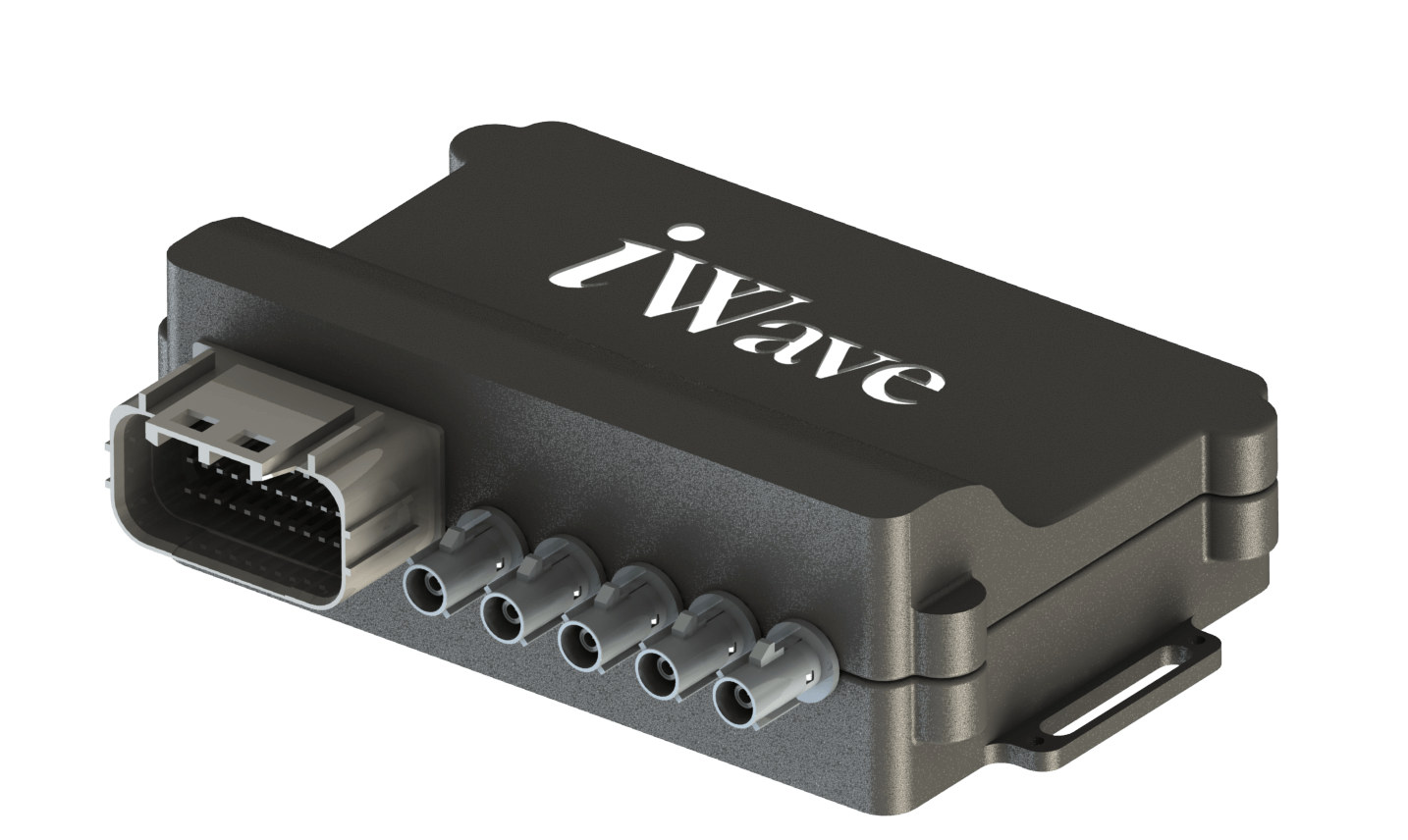Earlier this year, we wrote about Sipeed MAIX-II Dock AIoT vision devkit with an Allwinner V831 camera processor with a small 200 MOPS NPU, an Omnivision SP2305 2MP camera sensor, and a 1.3-inch display. But for some reason, which could be supply issues, Sipeed has designed a much different variant called MAIX-II A with a board based on Allwinner R329 smart audio processor, a 720p30 USB camera module, and a 1.5-inch display. MAIX-II A board specifications: Main M.2 module – Maix-II A module with Allwinner R329 dual-core Cortex-A53 processor @ 1.5 GHz, 256MB DDR3 on-chip, a dual-core HIFI4 DSP @ 400 MHz, and Arm China AIPU AI accelerator for up to 256 MOPS, plus Wi-Fi & BLE and a footprint for an SPI Flash. Storage – MicroSD card socket Display – 1.5-inch LCD display with 240×240 resolution Audio – Dual microphones, 3W speakers Camera – 720p USB-C camera module based […]
XUAN-Bike self-balancing, self-riding bicycle relies on flywheel, 22 TOPS Huawei Ascend A310 AI processor
After Huawei engineer Peng Zhihui Jun fell off this bicycle, he decided he should create a self-balancing, self-riding bicycle, and ultimately this gave birth to the XUAN-Bike, with XUAN standing for eXtremely, Unnatural Auto-Navigation, and also happening to be an old Chinese name for cars. The bicycle relies on a flywheel and a control board with ESP32 and MPU6050 IMU for stabilization connected over a CAN bus to the motors, as well as Atlas 200 DK AI Developer Kit equipped with the 22 TOPS Huawei Ascend A310 AI processor consuming under 8W connected to a 3D depth camera and motor for self-riding. It’s not the first time we see this type of bicycle or even motorcycle, but the XUAN-Bike design is also fairly well-documented with the hardware design (electronics + 3D Fusion360 CAD files) and some documentation in Chinese uploaded to Github. The software part has not been released so […]
Station M2 business-card sized Android 11 mini PC, also supports Ubuntu & Buildroot
After introducing Station P2 Rockchip RK3568 mini PC in March of this year, Firefly has now launched another, cheaper model with the ultra-thin Station M2 computer based on the company’s ROC-RK3566-PC single board computer equipped with Rockchip RK3566 SoC. Station M2 is only slightly larger than a business card, but packs up to 8GB RAM, M.2 SSD storage, HDMI 2.0, Gigabit Ethernet, and USB 3.0/2.0 ports. Station M2 specifications: SoC – Rockchip RK3566 with a quad-core Cortex-A55 processor @ up to 1.8GHz. Arm Mali-G52 2EE GPU with support for OpenGL ES 1.1/2.0/3.2. OpenCL 2.0. Vulkan 1.1, 0.8 TOPS AI accelerator, 4K H.265/H.265/VP9 video decoder, 1080p100 H.265/H.264 video encoder. System Memory – 2GB or 4GB LPDDR4 (8GB optional) Storage – 32GB or 64GB (128GB eMMC optional), M.2 PCIe 2.0 socket for 2242 NVMe SSD, MicroSD card socket Video Output – 1x HDMI port up to 4Kp60 Audio – 3.5mm headphone jack, […]
DIY Linux e-Reader – postmarketOS now runs on Kobo Clara HD
postmarketOS is a Linux operating system designed for phones, notably the PinePhone, and based on Alpine Linux. But now it’s possible to install the Linux distribution on Kobo Clara HD e-Reader (about $115), so you could have your own Linux e-Reader in a way that’s more versatile than with commercial solutions. The image can either be based on the vendor kernel or the mainline kernel. The latter works without modification to the X server, and the framebuffer can be used directly with either kernel, but most free e-reader programs such as koreader, plato, and inkbox are developed for the slightly different framebuffer API used in the vendor kernel. The demo below relies on Sxmo UI optimized for the PinePhone, and Martijn Braam notes that it can be pretty hard notably because only one hardware button is present on the Kobo device while the interface requires 3 hardware input buttons. But […]
Embedded development board features Microchip PolarFire RISC-V FPGA SoC
Microchip/MicroSemi first introduced PolarFire RISC-V FPGA SoC at the end of 2018, with the chip being like the RISC-V equivalent of Xilinx Zynq Ultrascale+ Arm & FPGA MPSoC. The following year, ARIES Embedded unveiled the ARIES M100PF system-on-module and evaluation board, before Microchip launched PolarFire SoC Icicle 64-bit RISC-V and FPGA development board, followed by the more compact PolarBerry SBC in 2020. There’s now at least a fourth platform based on PolarFire SoC with Aldec TySOM-M-MPFS250 embedded development board. Aldec TySOM-M-MPFS250 specifications: SoC – Microchip PolarFire MPFS250T-FCG1152 SoC with 4x SiFive U54 RV64GC application cores (similar to Cortex-A35 performance), 1x SiFive E51 RV64IMAC monitor core, FPGA fabric with 254K logic cells, 17.6 Mb RAM System Memory 2GB (16Gbit) 32-bit DDR4 for the FPGA 2GB (16Gbit) 36-bit RAM with ECC for the RISC-V cores (aka MSS = Microprocessor Subsystem) Storage – MicroSD card socket, eMMC flash, SPI flash, 64 Kbit […]
XiangShan open-source 64-bit RISC-V processor to rival Arm Cortex-A76
SiFive Performance P550 was supposed to be the most powerful RISC-V core to date, capable of outperforming Arm’s Cortex-A75 core in raw performance, but especially in terms of efficiency, with three times the performance per mm2. But there may be an even more powerful RISC-V processor, albeit developed as a research project, with the Chinese Academy of Science (CAS)’s XiangShan open-source processor presented at the recent RISC-V World Conference China 2021 with the goal of matching Cortex-A76 performance. The project was launched on June 11, 2020, and 25 classmates and teachers participated in the development of Xiangshan with 821 main branch code mergers, 3296 code submissions, more than 50,000 lines of code, and more than 400 documents, mostly in Chinese only for now. This culminated with an 8-core prototype built based on Yanqihu (雁栖湖) architecture using TSMC’s 28nm process with the processor running up to 1.2 or 1.3 GHz that […]
Relay expansion board for Raspberry Pi includes 4.3-inch touchscreen display (Crowdfunding)
There are plenty of multi-relay boards for Raspberry Pi, but since those are often combined with an HMI for control, SB Components decided to offer an all-in-one solution with an expansion board equipped with eight relays and a 4.3-inch touchscreen display connected to a Raspberry Pi via HDMI and USB. PiRelay 8 specifications: Relays 8x relays with 3.3V/5V trigger signal Input – 250V AC/7A, 30V DC/10A Screw terminal blocks NO (Normally Open) and NC (Normally Closed) modes available Isolation – EL357NC optocouplers with current transfer ratio (CTR) of 50-600% at IF=5mA, VCE=5V Display support – Optional 4.3-inch touchscreen display with 800 x 480 pixels resolution, HDMI input for video, USB for touchscreen support. It also comes with a 3.5mm audio jack, an HDMI audio output, a speaker connector, and mounting holes for the Raspberry Pi. 40-pin GPIO header to connect a Raspberry Pi SBC (Pi 4, Pi 3B+, Pi 3, […]
Linux-based telematics gateway offers four CAN Bus interfaces, cellular & WiFi connectivity, and more
iWave Systems already provided some Linux-based vehicle diagnostic systems such as their NXP i.MX 7 powered OBD-II dongle with 4G LTE and GPS. But their latest model, the iW-Rainbow-G41 telematics gateway, goes a step further with an NXP i.MX 8 processor controlling four CAN Bus interfaces, and offering both wired (RS232/RS485, automotive Ethernet) and wireless (cellular, Wifi, Bluetooth) connectivity options. iW-Rainbow-G41 telematics gateway specifications: SoC – NXP i.MX 8 “DXL” Arm processor (Not sure what DXL is exactly, and iWave has yet to reply to our request for more information, but NXP shortly mentions i.MX 8X/XL processors in a page about V2X applications) System Memory – 1GB LPDDR4 (Upgradable up to 2GB) Storage – 8GB eMMC flash (Upgradable up to 64GB) Communication Interfaces Cellular – 4G LTE Cat 4, LTE Cat M1/NB1, option to upgrade to 5G; E-Call support 802.11 a/b/g/n/ac WiFi 5 with optional support for 802.11ax WiFi 6 […]


